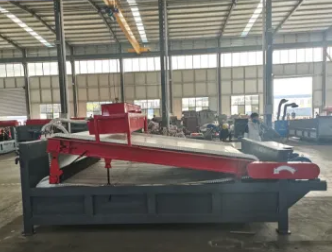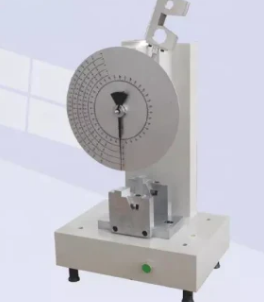Denver Flotation Lab Froth Flotation Machine for Nonmetallic Analysis
The Denver flotation machine is a laboratory-scale froth flotation cell used for conducting flotation tests to assess the floatability and separation characteristics of different minerals and ores. It's a widely used tool in mineral processing and metallurgical laboratories for research and anal......
Send Inquiry
Product Description
The Denver flotation machine is a laboratory-scale froth flotation cell used for conducting flotation tests to assess the floatability and separation characteristics of different minerals and ores. It's a widely used tool in mineral processing and metallurgical laboratories for research and analysis purposes. Denver flotation machines are commonly used in the mining and mineral processing industry to evaluate the flotation properties of various materials, including nonmetallic minerals. Here are some key features and components of a Denver flotation lab machine:
Froth Flotation Cell: The core component of the Denver flotation machine is the flotation cell, typically constructed from clear acrylic or glass to allow observation of the froth layer and mineral behavior during the flotation process. The cell is designed to hold a slurry of the ore or mineral sample.
Agitation System: The machine features an agitator to mix the slurry and promote particle attachment to air bubbles. This agitation is crucial for the flotation process, as it ensures the mineral particles are evenly dispersed and collide with air bubbles.
Aeration System: An aeration system introduces air into the cell to form bubbles. These air bubbles attach to hydrophobic (water-repellent) mineral particles, lifting them to the froth layer at the top of the cell.
Control Panel: The Denver flotation machine often includes a control panel for adjusting agitation speed, aeration rate, and other parameters to simulate different flotation conditions.
Froth Collection and Laundering System: As the flotation process progresses, the hydrophobic mineral particles collect on the froth layer at the top of the cell. A system of troughs and launders is used to collect and remove the froth containing the valuable mineral concentrate.
Sample Introduction: The laboratory technician or researcher introduces the sample material into the flotation cell, often as a slurry, and adjusts the operating conditions to simulate the desired flotation process.
Denver flotation machines are particularly valuable in mineral analysis and research for several reasons:
Bench-Scale Testing: They allow for small-scale testing and optimization of flotation processes before scaling up to industrial production.
Mineral Identification: Researchers can determine the floatability of various minerals, including nonmetallic minerals, which is essential for mineral processing plant design.
Reagent Testing: The machines enable the evaluation of different flotation reagents and their effects on separation efficiency.
Process Optimization: Researchers can use Denver flotation machines to optimize parameters like agitation speed, aeration rate, and collector dosage to maximize recovery and grade of valuable minerals.
Kinetic Studies: These machines are used to study the kinetics of mineral flotation, helping researchers understand the rate at which minerals attach to bubbles and separate from gangue minerals.
Denver flotation machines, alongside other laboratory equipment and analysis techniques, are vital tools for researchers and engineers in the mining and mineral processing industries to develop and improve flotation processes for various ores and minerals, including nonmetallic materials.







